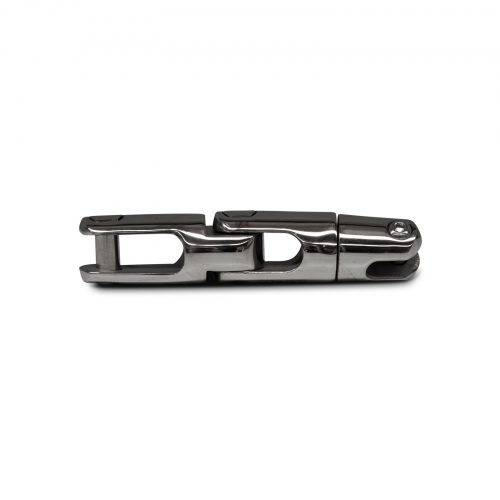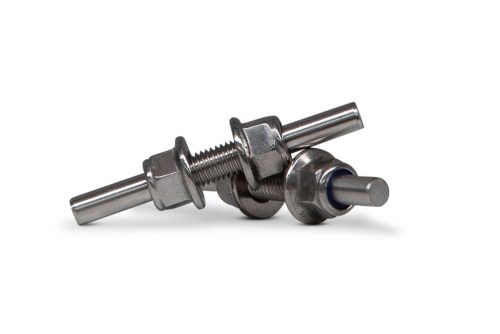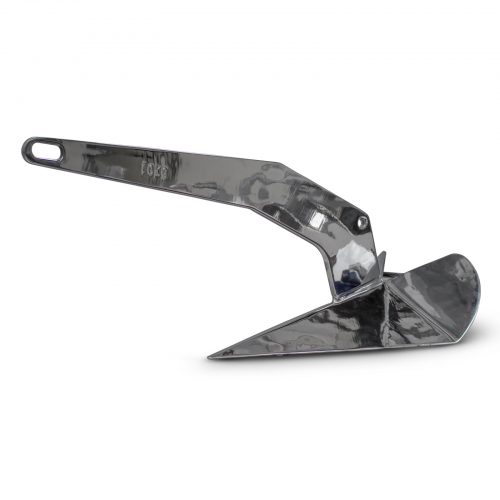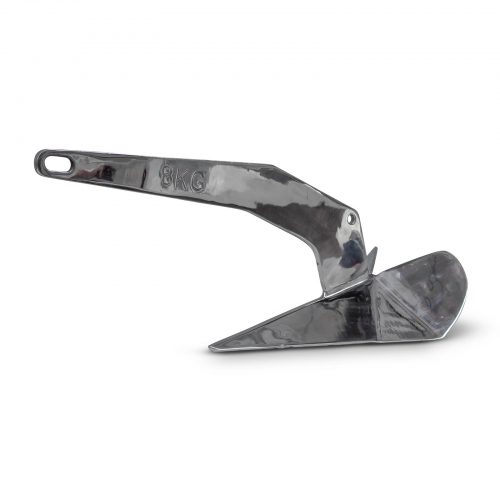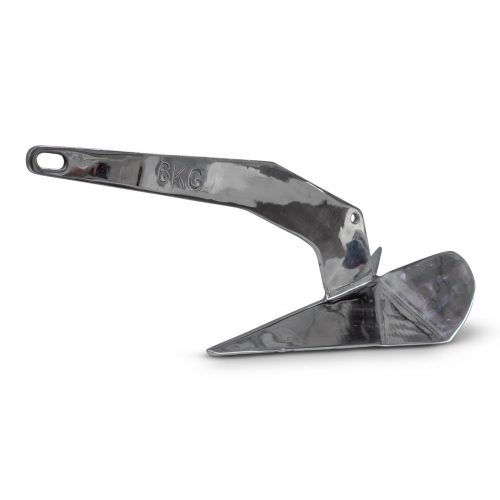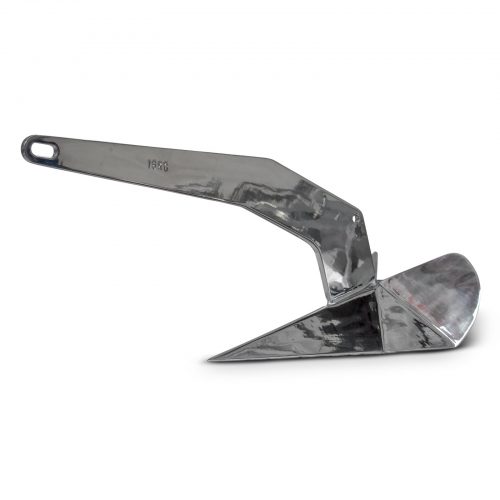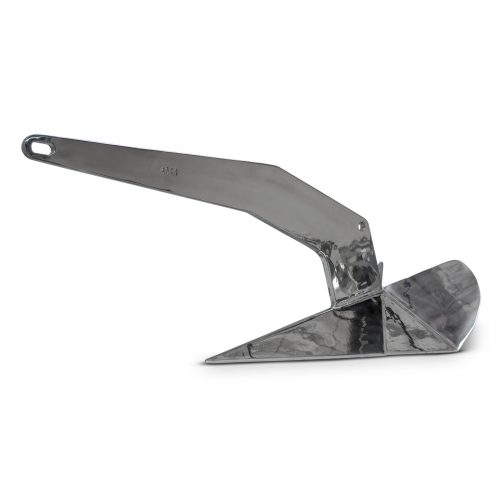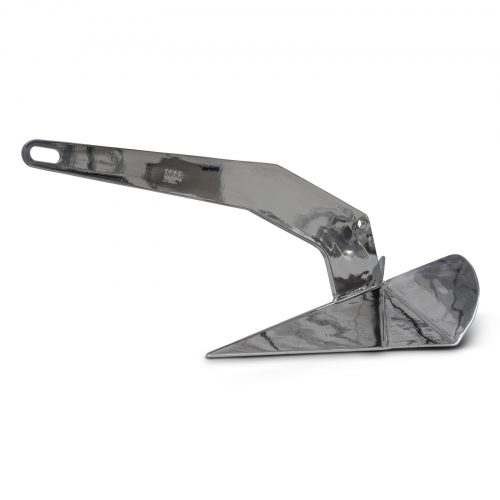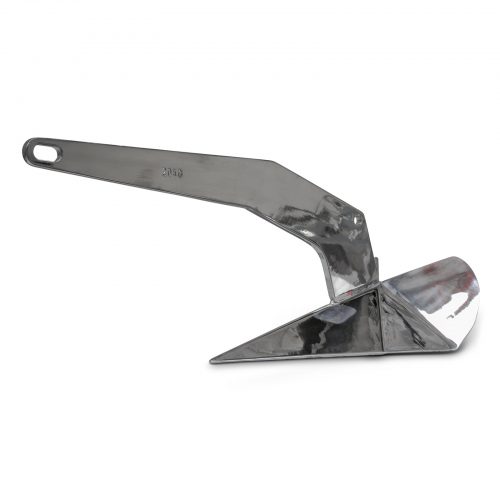Boat Anchors
Savwinch offers a robust and reliable range of Boat Anchors featuring award-winning designs, making them a true value for your money.
Showing 1–15 of 16 resultsSorted by popularity
Product Categories
Filter by price
-
$225.00 – $735.00
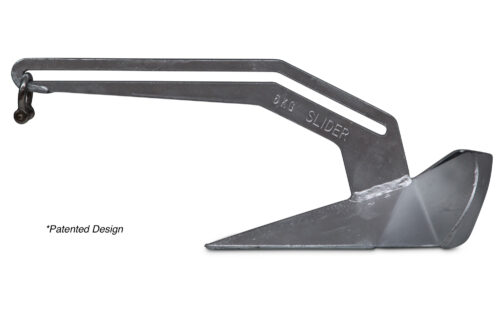 Select options This product has multiple variants. The options may be chosen on the product page
Select options This product has multiple variants. The options may be chosen on the product page -
$570.00 – $2,080.00
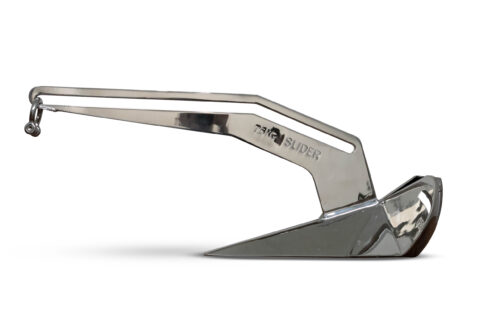 Select options This product has multiple variants. The options may be chosen on the product page
Select options This product has multiple variants. The options may be chosen on the product page -
$10.00 – $700.00
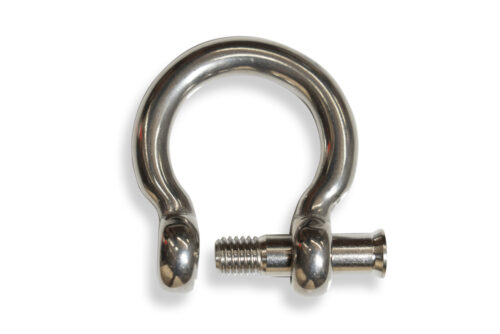 Select options This product has multiple variants. The options may be chosen on the product page
Select options This product has multiple variants. The options may be chosen on the product page -
$595.00 – $2,375.00
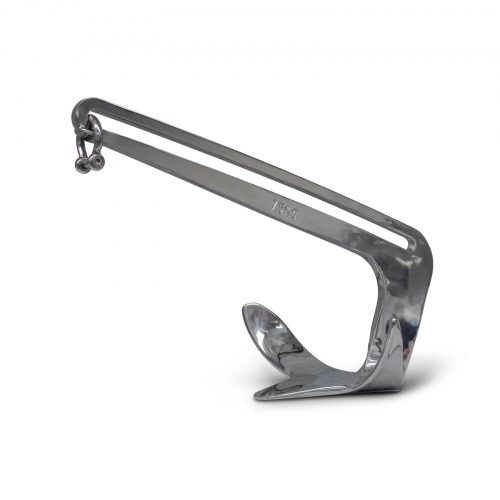 Select options This product has multiple variants. The options may be chosen on the product page
Select options This product has multiple variants. The options may be chosen on the product page -
$499.00 – $999.00
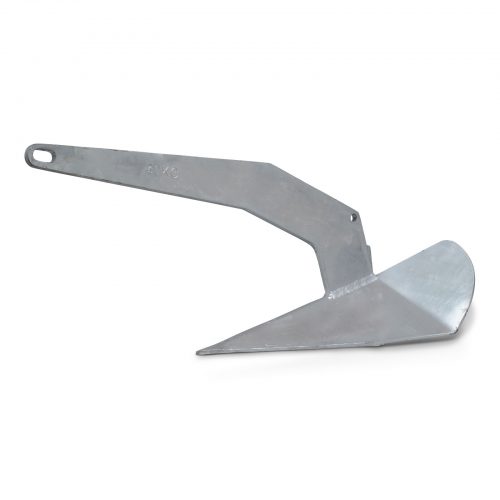 Select options This product has multiple variants. The options may be chosen on the product page
Select options This product has multiple variants. The options may be chosen on the product page -
$240.00 – $890.00
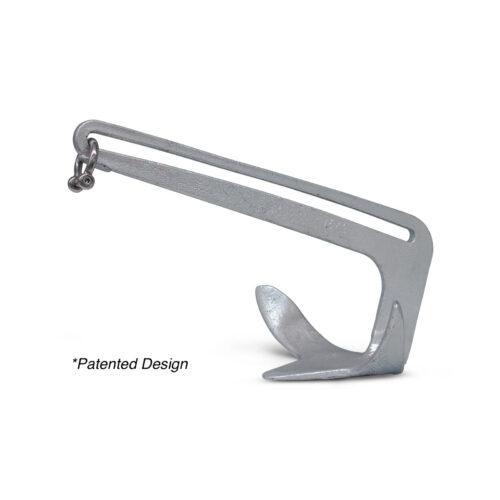 Select options This product has multiple variants. The options may be chosen on the product page
Select options This product has multiple variants. The options may be chosen on the product page
Explore Boat Anchors from Savwinch
Savwinch offers a unique and reliable range of boat anchors featuring award-winning designs, making them a true value for your money. Every anchor we create is precision-engineered to deliver an outstanding holding power-to-weight ratio, ensuring your boat remains secure.
Savwinch boat anchors are built to brave the elements effortlessly, anchoring your vessel against strong currents and steering you clear of rocks and obstacles. With superior durability and their unique Sliding design, Savwinch anchors are your steadfast partner on the water, delivering peace of mind every time you drop anchor.
Our selection of exceptional boat anchors is designed for serious adventurers who refuse to compromise on quality and design. From strong winds and swift currents to facing the unpredictability of the sea, these anchors have your back. Shop our boat anchor range for sale – experience exceptional reliability today.
Exceptional Anchors for Small to Large Boats
At Savwinch, we offer an extensive selection of boat anchors to meet various vessels’ diverse needs and uses. From claw sand anchors that offer precision handling to robust plough-style anchors that grip firmly on any seabed, our collection provides the perfect solution for every nautical journey. Whether you prefer the strength of galvanised steel or the elegance of stainless steel, each anchor reflects our commitment to excellence in engineering.
Dive into our range and discover anchors that embody both functionality and reliability. Our versatile plough anchors are crafted to dig deep, ensuring a steadfast hold even in challenging conditions. For those seeking innovation, our SAV Slider Boat Anchors feature a pioneering sliding shaft design that allows for effortless retrieval on reefs every time!
Globally recognised for their exceptional holding power, our Delta Anchors are available in both marine-grade 316 stainless steel and high-quality hot-dipped galvanised steel, catering to a variety of preferences and budgets. Plus, our Claw Boat Anchors provide reliable holding across different seabeds, making them a versatile choice for any boater.
Shop Boat Anchor for Sale Online from Savwinch
Don’t settle for anything less than extraordinary for your boat anchors. Embrace the thrill of your maritime journeys by equipping your vessel with an anchor that excels in both design and functionality, providing you with peace of mind on the water.
Get hooked on performance with advanced technology and quality materials that secure your safety even in the most challenging conditions. Tough, practical, and built to inspire confidence, this anchor is as trustworthy as it gets. When selecting the ideal anchor, it’s essential to factor in your boat’s length, weight, and typical weather conditions. With years of boating expertise, our team is here to guide you in making the best choice to match your vessel and budget, ensuring you’re fully equipped for any adventure on the water.
So, anchor down and explore without a worry in the world using our exceptional range of boat anchors. Browse our complete collection of anchor winches available online and discover the Savwinch difference today.
Don’t hesitate to reach out with any questions about our anchors—we’re here to help and eager to assist you.
FAQs:
Reliable anchoring starts with the right design. Delta (or plow) anchors strike a solid balance between performance and price. Their low centre of gravity and self-righting shape help them set quickly and hold firm. Delta anchors are built to reset easily as wind or current shifts, making them ideal for rocky bottoms, weeds and grass.
For tougher conditions, claw anchors shine. Inspired by offshore oil rig designs, their curved shape delivers excellent holding power across varied seabeds. Designed to stay put even as your boat swings, claw anchors are a smart pick for open waters and gusty days.
The weight and length of your boat will inform the size you need. It’s always best to select an anchor in the highest weight/ length category for your boat so you can hold firm when the conditions shift.
- Rule of Thumb: 1 pound of anchor per foot or 1 kilo per meter (rounding up to the nearest size)
For example, a boat that’s 4 to 5 meters in length would require a 5kg anchor. A boat that is 7 to 11 meters in length would require a 10kg anchor. See our comprehensive sizing chart for our slider boat anchors here.
Most anchors are sized in pounds, so if you’re converting, just halve the number for kilograms. And while size matters, so does seabed type and personal preference.
- Choose your spot:
Pick a location clear of shallow water and hazards in all directions—your boat will swing with the wind and current.
- Drop the anchor:
Don’t throw it. Lower it slowly and feed out the line until it hits the bottom to avoid tangles.
- Set it:
Let the boat drift back while slowly releasing more scope. When the anchor bites, give it a firm tug to confirm it’s set. Then cleat it off – and you’re ready to enjoy the waters!
Scope tip: Use 3:1 for chain and 5:1 for rope (depth to scope ratio).
Not quite – it really depends on the conditions. Here’s what we recommend:
- Rough seas: Go heavier. A larger anchor (or even a second one!) can offer extra holding power.
- Strong winds: Choose a plow (Slider anchor) or claw anchor. Both are designed to hold firm when the breeze picks up.
- Tidal currents: Set your anchor with swing room in mind. Your boat needs space to move as the tide shifts direction.
A securely stowed anchor keeps your boat safe and your gear in top shape. Here are a few steps to store your anchor and keep it in top shape:
- Start by rinsing off mud or salt and checking the flukes, shank and chain for wear or rust.
- Coil and secure the chain separately to avoid tangles.
- Store your anchor in an anchor locker, bracket, or bow roller – whatever suits your boat best.
- Use straps or bungees to keep it firmly in place during transit.
- And don’t forget to check it regularly for signs of damage. A clean, secure anchor means you're always ready to drop and hold when needed.
Customer Service
Find Us At
Savwinch HQ
4-5/72-74 Lambeck Drive
Tullamarine
VIC 3043
Australia
ABN: 32 511 703 882



